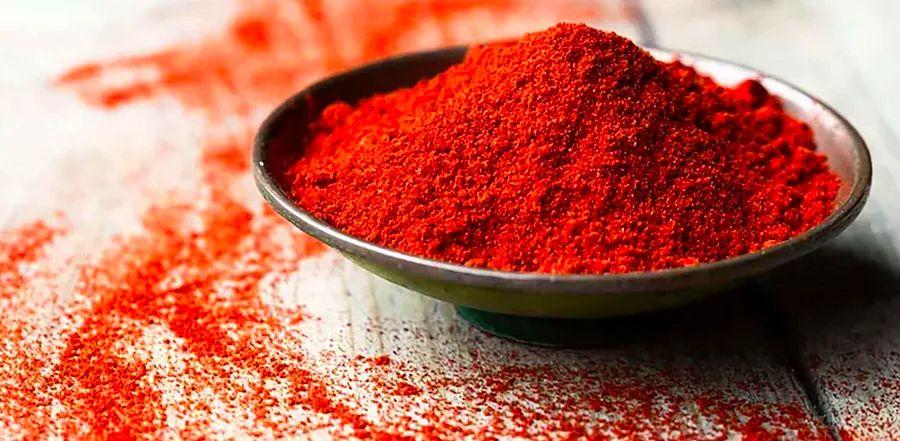This Hawaiian classic may soon become your must-have seasoning.

Pick a spot on the globe, spin it, and there’s a good chance that region has its own spice blend that defines the local cuisine. These seasonings transport people back to their roots from the very first taste—Caribbean jerk seasoning, Egyptian dukkah, French Herbes de Provence, Japanese shichimi togarashi, Indian garam masala, and Mexican Tajín, to name a few.
In Hawaii, the iconic seasoning is li hing mui powder, a beloved ingredient that’s been used in local homes and restaurants for over a century.
Keep reading to discover more about this signature spice, where to find it, and how to use it.
What exactly is Li Hing Mui Powder?
Li hing mui is a small, salted dried plum originally from China. Its Cantonese name roughly translates to "traveling plum," a reference to its convenience as a portable snack. Just suck on the fruit and discard the pit for a quick energy boost. In Guam, these plums are known as "sweet and sour," capturing the essence of their flavor—an equal balance of sweet, salty, and tangy. Along with being dried, they are pickled, often enhanced with ingredients like licorice, red dye, salt, sugar, and other sweeteners.
The fruit arrived in Hawaii sometime in the 1800s or early 1900s, brought by immigrants working on sugar plantations. It became a cherished snack, offering a taste of home while they labored in the fields and at home, reminding them of their roots as they sought new opportunities in the islands.
Once in the U.S., li hing mui was reinvented as a versatile powder, made by grinding the dried fruit. When you see "li hing" on a menu, it almost always refers to the powder rather than the whole fruit. For many Hawaiians, this unique flavor evokes a sense of nostalgia. For newcomers, think of it as a milder, sweeter version of Tajín.
How to Use Li Hing Mui Powder
Just as there are countless ways to enjoy Tajín, li hing mui powder offers many creative uses.
Here are a few ways to get started, but don’t feel restricted—let your imagination run wild and experiment with this seasoning in any dish that could use a touch of sweet, tangy flavor.
- Sprinkle it on pineapple, mango, apples, grapes, watermelon, strawberries, or any moist fruit.
- Use it to coat gummy bears.
- Dip cocktail glasses in citrus juice, then li hing mui powder to rim the glass.
- Mix 1 tablespoon li hing mui powder with 1/2 cup sugar to use as a coating for monkey bread-bound biscuit dough, croissant cones, or to dust warm, fresh-from-the-fryer donuts. (In Hawaii, li hing mui powder is a common coating for the malasadas, a popular kind of Portuguese-style donut).
- Sprinkle it over shaved ice.

Where to Find Li Hing Mui Powder
In Hawaii, you can easily find li hing mui powder at local "crack seed stores," many supermarkets, and even in the gift shop at the Dole Plantation. For those living in the continental U.S., the easiest way to get your hands on it is through online stores—although a trip to Hawaii to pick it up as a souvenir wouldn’t hurt!
You can find dried li hing mui fruit, candy made from it, syrup infused with its flavor, and li hing mui powder from these online shops:
- Snack Hawaii
- Crack Seed Store
- Lin's Hawaiian Snacks
Li hing mui powder is also available for purchase on platforms like Amazon and Walmart.

1

2

3

4

5
Evaluation :
5/5